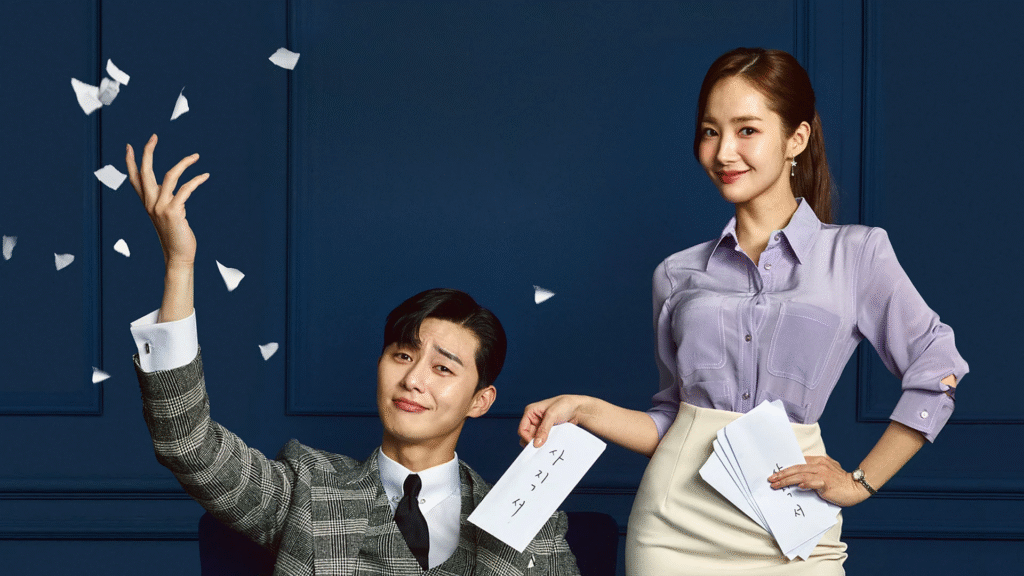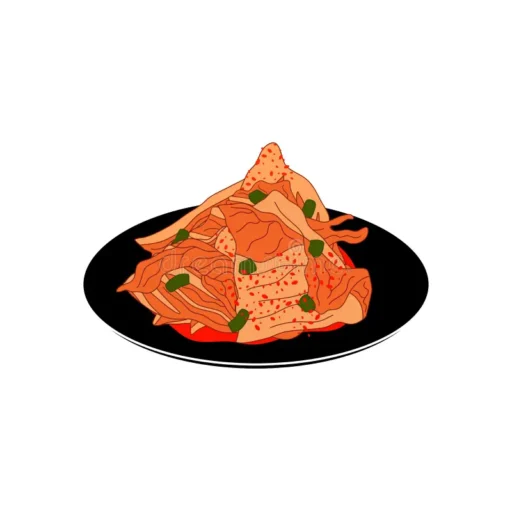There’s something magnetic about Korean dramas. Whether it’s the slow-burn romances, the laugh-out-loud awkward encounters, or the epic stare-downs in rain-soaked streets, K-dramas know how to keep us hooked. Part of what makes them so addictive? The tropes.
Yes, K-drama tropes can be cheesy, overused, and sometimes borderline absurd. But let’s be honest: we love them anyway. In fact, it’s the predictability mixed with emotional payoff that makes them comfort food for the soul.
In this guide, we’ll explore the most popular K-drama tropes we secretly love (and sometimes love to hate)—from amnesia plot twists to enemies-turned-lovers. Prepare for drama, tears, swoons, and yes… a piggyback ride or two.
1. Enemies to Lovers (a.k.a. “I Hate You But I Also Can’t Stop Thinking About You”)

From What’s Wrong With Secretary Kim to Crash Landing on You, this classic trope never fails. The leads start off bickering (maybe they’re coworkers, rivals, or complete opposites?) but slowly, feelings creep in. Suddenly, every fight is laced with sexual tension.
Why we love it:
- Delicious slow burn
- Witty banter and chemistry
- Emotional growth arcs
Why we roll our eyes: The switch from “I despise you” to “I love you” sometimes feels… abrupt.
2. Amnesia, Accidents, and Convenient Memory Loss

A car crash. A tragic fall. Boom—amnesia. One of K-drama’s most legendary (and polarising) tropes, it’s been used in shows like Stairway to Heaven, Winter Sonata, and The Innocent Man. Sometimes the memory comes back… sometimes not.
Why we love it:
- Emotional rollercoasters
- Gut-wrenching reunion scenes
- Opportunity for the leads to fall in love twice
Why we groan: It’s often used to drag out the plot and can feel too melodramatic or outdated
3. Forced Cohabitation

From a landlord-tenant arrangement to a fake marriage, K-dramas love throwing their leads under the same roof. Just watch Full House, Because This is My First Life, Goblin, or My Roommate is a Gumiho. You’ll see sparks fly… and maybe a toothbrush incident or two.
Why we love it:
- Intimate domestic moments
- Hilarious awkward encounters
- Watching them slowly grow closer
Why we cringe: Unrealistic living situations and leads sleeping 10 inches apart for 10 episodes?!
4. The Chaebol Heir & The Ordinary Girl

A rich, arrogant male lead meets a hard-working, underdog heroine. Sounds familiar? It should—it’s the setup of Boys Over Flowers, Secret Garden, The Heirs, and dozens more.
Why we love it:
- Cinderella fantasy vibes
- Lavish dates, cars, and gifts
- Watching the icy male lead melt
Why we hate it: The power imbalance is awful. It also sometimes reduces the heroine to a damsel in distress.
5. Only One Bed / Accidental Sleepovers
One room. One bed. Two people. Whether it’s due to a snowstorm, hotel mix-up, or power outage, K-dramas never fail to manufacture these moments of cozy tension.
Why we love it:
- Intimate without being explicit
- Heightens romantic tension
- Cue the heart-pounding slow camera pan
Why we sigh: They almost never share the bed—just stare at each other awkwardly
6. The Piggyback Ride

Injured? Drunk? Emotionally overwhelmed? You’re getting a piggyback ride. Bonus points if it’s raining or the lead gazes longingly at the carrier from behind.
Why we love it:
- Symbol of care and vulnerability
- Often marks a romantic turning point
- Iconic in K-drama history
Why we chuckle: So common it’s practically a rite of passage. Let’s not deny that it can also feel a bit dated in modern settings.
7. Second Lead Syndrome

Sometimes the second lead is just… better. He’s kind, emotionally available, and deeply in love. Yet, he never gets the girl. Think Han Ji-pyeong (Start-Up), In Guk-doo (Strong Woman Do Bong Soon), or Ji-hoon (While You Were Sleeping).
Why we love it:
- Emotional depth
- Tragic beauty of unrequited love
- Fans get passionately invested
Why we hate it: Leads viewers on, only to break their hearts. Writers also often give our favourite second leads no closure.
8. The Hidden Identity / Secret Past

Nothing screams drama like a lead hiding a major secret—royal heritage, traumatic past, revenge plan, or, say, being a literal goblin. See: The King: Eternal Monarch, Moon Lovers: Scarlet Heart Ryeo, Mr. Queen.
Why we love it:
- High stakes
- Surprise reveals
- Keeps the plot spicy
Why we sigh: Too many secrets = confusing plot. Also can we just say that having so many secrets really can weaken trust between leads.
9. Misunderstandings That Drag for 5 Episodes
Misplaced texts. Eavesdropped conversations. A confession interrupted at the worst possible time. These misunderstandings drive the plot but also drive viewers nuts.
Why we love it:
- Tension-building
- Emotional payoff when resolved
Why we hate it: Easily avoidable with one honest convo. And it makes characters look… not smart
10. Time Jumps and Reincarnation

Some dramas love to leap forward (or backward) in time, giving characters a second chance at love or life. Popular in fantasy and historical genres like Goblin, Hotel Del Luna, and Chicago Typewriter.
Why we love it:
- Emotional depth and epic love stories
- The idea that love transcends time
Why we question it: Can be hard to follow and sometimes leads to rushed endings
11. The “Umbrella Scene”

A quiet moment under an umbrella in the rain is basically K-drama love language. It’s symbolic, it’s tender, and yes—it’s usually when the leads realise something deeper is happening.
Why we love it:
- Soft romance with no words
- Iconic visual aesthetic
- So. Much. Swooning.
Why we mock it: Everyone seems to forget raincoats exist.
Final Thoughts: Why We Keep Watching (and Loving) These Tropes
K-drama tropes are comfortingly familiar. They let us anticipate, swoon, laugh, and cry—all while rooting for our favorite OTPs (One True Pairings). Yes, we poke fun at the piggyback rides and amnesia subplots, but deep down, we’d miss them if they disappeared.
At their core, these tropes are storytelling tools. And when executed with heart, chemistry, and a dash of creative flair, they become magic.
Related Posts:


Comments
2 responses
[…] K-Drama Tropes We Secretly Love (And Love to Hate) […]
[…] K-Drama Tropes We Secretly Love (And Love to Hate) […]